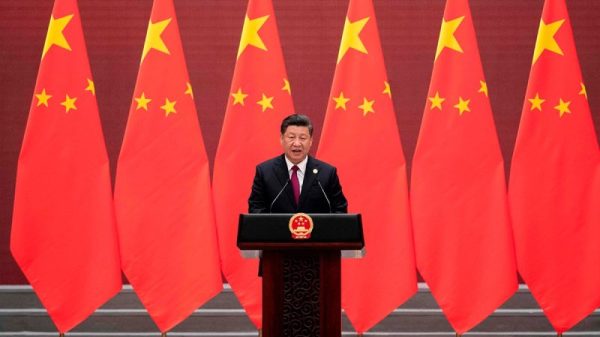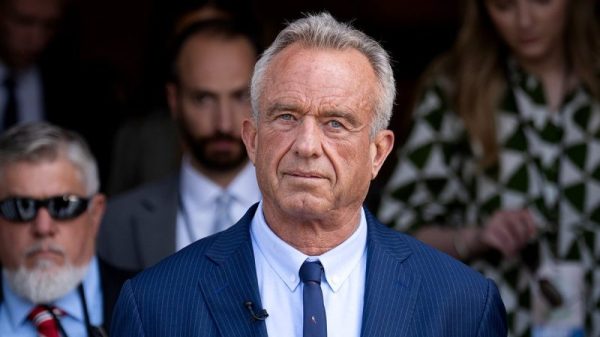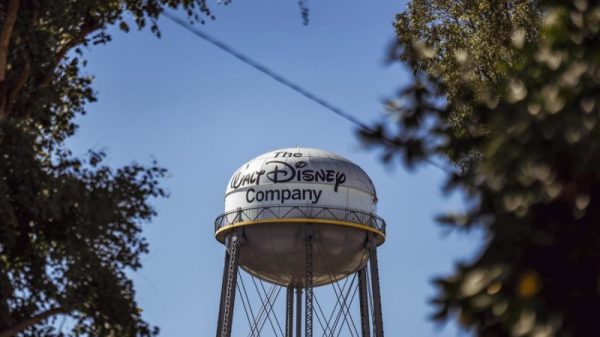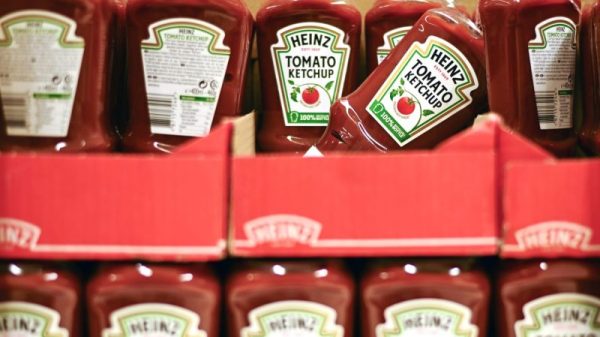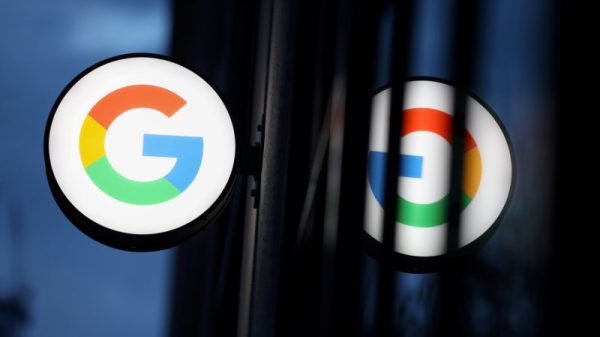To many consumers, it probably doesn’t feel like a big improvement.
But after two years of breakneck inflation that sent the cost of everyday goods and services surging, 2023 experienced a meaningful slowdown in price growth.
After it hit a high of 9% in the summer of 2022, the 12-month rate of inflation measured 3.1% in November. Economists forecast the rate to have remain unchanged for December. The Bureau of Labor Statistics will announce the latest data at 8:30 a.m. Thursday.
The rate will still be above the Federal Reserve’s inflation target of 2%. And the fact that prices in most cases aren’t actually reversing means the shell shock of the past 24 months for consumers is still wearing off.
“The good news is the rate of inflation has been steadily moderating and moving closer to the ultimate goal of 2%,” said Greg McBride, a vice president and the chief financial analyst at Bankrate. “The bad news is it doesn’t mean prices are actually falling — just that they’re not going up as fast.”
Two of the categories most affecting consumers — food at home and energy prices — have had more aggressive slowdowns in price growth than many other categories, McBride said. After it hit a high of 13.5% in August 2022, food price growth slowed to 1.7% in November.
And gas prices, which surged to nearly $5 a gallon on average in June 2022, are now about $3 a gallon.
While Russia’s invasion of Ukraine produced an acute price surge for those two categories in 2021, McBride said their price growth has slowed thanks to a broader slowdown in economic growth — a trend that is likely to continue. The World Bank announced this week that it expects worldwide gross domestic product to hit just 2.4% this year, down from 2.6% in 2023, 3.0% in 2022 and 6.2% in 2021.
Yet consumers still face everyday prices that are above pre-pandemic levels. White bread, which cost about $1.30 per pound in the winter of 2019-20, now costs about $2 per pound, according to BLS data. Ground beef has increased from about $3.87 a pound to $5.35 a pound over the same period. And a gallon of milk has climbed from roughly $3.20 to about $4.
So even as price growth continues to moderate, consumers are still adapting to a new normal.
“Consumer sentiment is still depressed overall,” said Matt Bush, the U.S. economist at Guggenheim Partners. “While the rate of inflation is slowing down, the absolute level is still really high — consumers are still unhappy with the level of prices.”
There are signs that consumer sentiment is slowly turning around now that wage growth has surpassed the rate of inflation.
Consumer confidence jumped in the final month of last year to its highest level since July. Data released Friday showed employers added 216,000 jobs in December, far more than expected, demonstrating the labor market remains robust even as it cools down.
Against that backdrop, some economists view even potentially concerning trends, like consumers’ ballooning debt burdens, as a sign that people are starting to feel a bit more optimistic as price pressures ease.
“They’re taking on additional debt because they expect to make more money,” said Joe Brusuelas, the chief economist at the consulting firm RSM. Consumer debt figures don’t always paint a full picture, in part because wealthier Americans tend to borrow and repay more money at faster rates, Brusuelas said. But even so, many consumers “have the capacity to pay that debt back” despite higher interest rates on credit cards to mortgages and auto loans.
“In many ways, it’s an expression of confidence,” he added.
Mark Zandi, the chief economist at Moody’s, said that even as wage growth slows, it should still continue to stay above inflation.
For consumers, that means real — if small — gains.
‘With each passing month, it gets a teeny bit better,’ Zandi said. He continued: ‘There’s a slightly brighter hue in terms of people’s responses. It’s not an event; it’s a process — the feeling that wages are outpacing inflation, that purchasing power [is] improving. That’s what’s happening, but it will take a while to convince to people it’s real and sustainable.’

